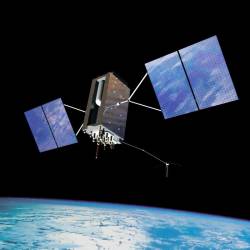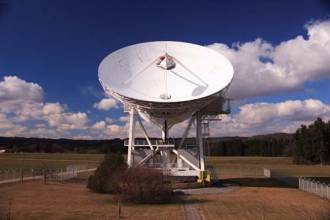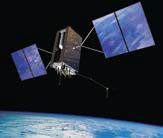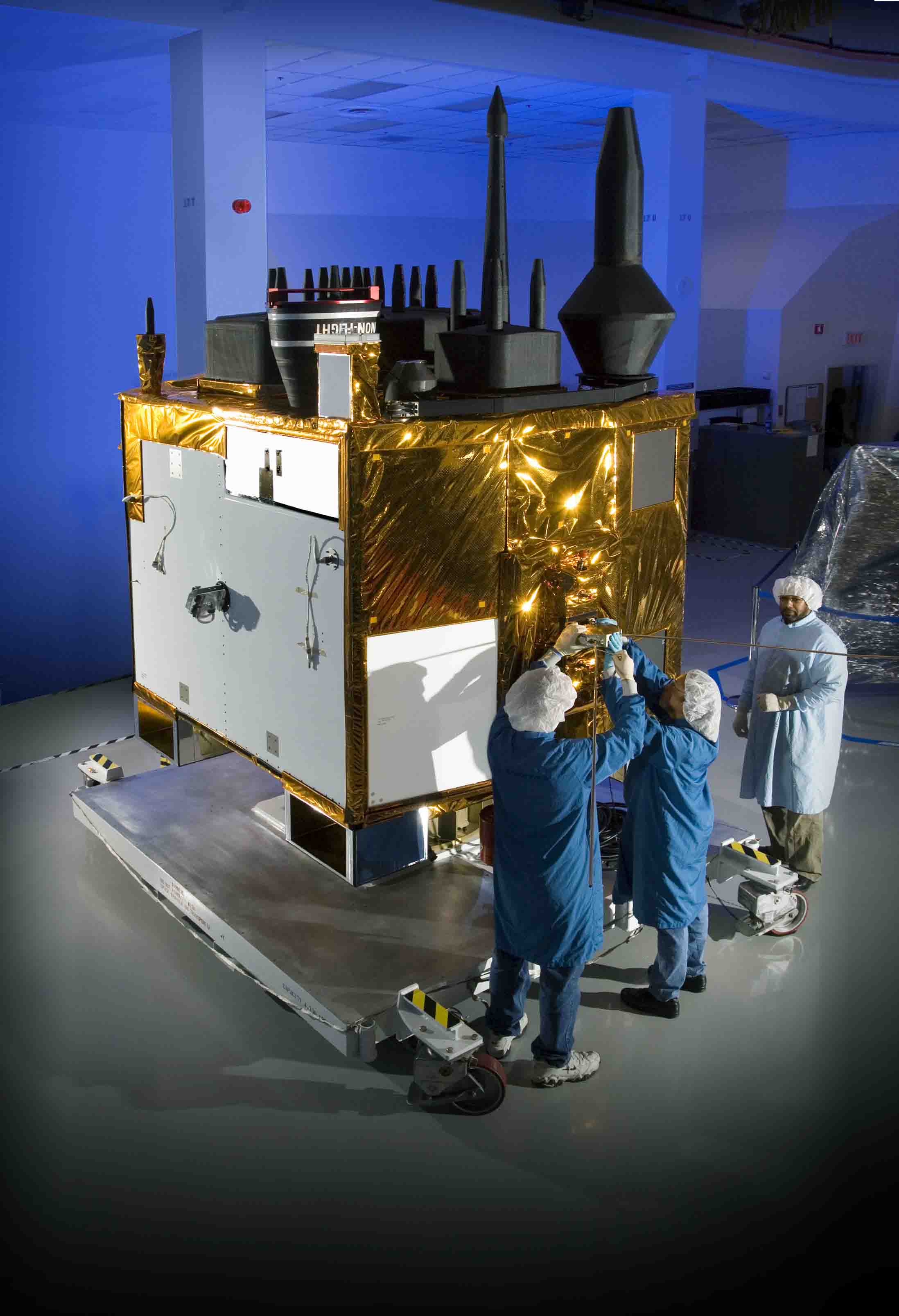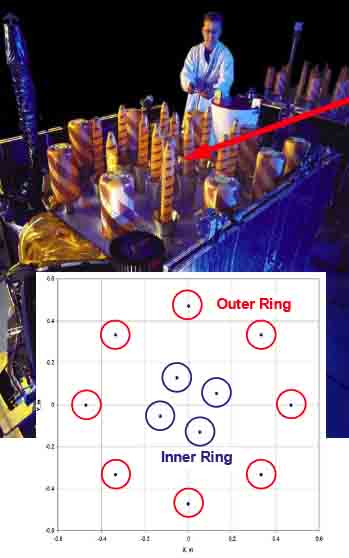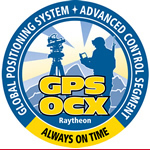Lockheed Martin Unveils GPS Exhibit at the United Nations in Vienna
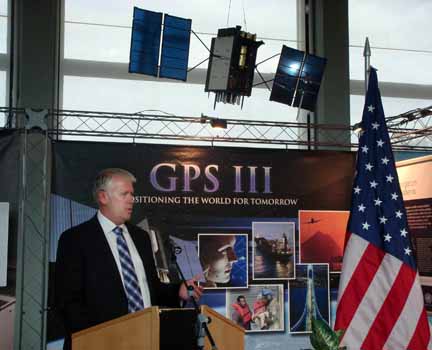 Rick Ambrose, Lockheed Martin vice-president and general manager, surveillance and navigation systems, introduces GPS Block III model for Permanent Space Exhibit at United Nations Committee on Pea, Vienna,
Rick Ambrose, Lockheed Martin vice-president and general manager, surveillance and navigation systems, introduces GPS Block III model for Permanent Space Exhibit at United Nations Committee on Pea, Vienna, Lockheed Martin has opened a GPS exhibit as a part of the Permanent Space Exhibit of the United Nations Office at Vienna, Austria, to emphasize the importance of satellite navigation technology serving millions of citizens around the globe.
By Inside GNSS
